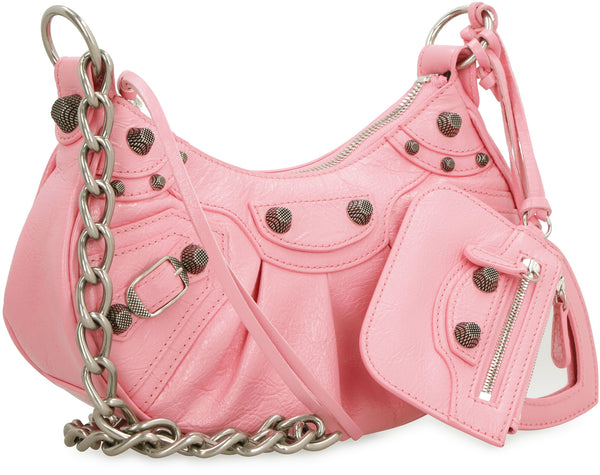During cold, wet and grey winter months it’s perhaps understandable to yearn for the warmth of summer, and more pleasant weather.
Yet for many workers, once summer arrives, their job can be much more difficult because of the effects of humid conditions and a stuffy environment.
Summer workwear is particularly important because of the need to stay protected yet remaining cool. This combination can present a dilemma.
Here’s a look at some suggestions about how to choose appropriate workwear for the summer months.
Footwear
If you work in conditions where you need to wear protective boots, you won’t be able to do too much about the heat in your feet.
However, if your role has a bit more flexibility, keeping your feet cool could make you feel better overall.

Switching to clogs for the summer months is a great way to still wear slip resistant footwear, but the improved ventilation offered with this design can help air to circulate, leaving your feet cooler and definitely less sweaty!
Tunics and tabards
In a range of jobs there’s a need to cover up and remain hygienic, such as health care workers, those working with the preparation of food and even beauty therapists.
These environments can also be stressful and hot, so the summer workwear needs to be cool, leave plenty of room for manoeuvre and also provide an element of protection for health and safety purposes.
A tunic or a tabard can be a great solution that ticks all the boxes and still looks professional and smart.
T-shirts
The universal solution to summer workwear problems, T-shirts can be found to a range of specifications.
With the possibility of getting your corporate branding added, and also available in a whole host of colours, cotton T-shirts are the ideal way to let the skin breathe when the temperature is rising.
Suitable for the majority of occupations, for outside workers T-shirts provide the upper arms and shoulders with protection from the sun without making them overheat. For those working indoors, cotton T-shirts help to keep air circulating around the body even when it’s humid and warm.
Polo shirts
If you want the advantages of a cotton T-shirt but with a slightly more formal appearance, polo shirts might offer a good alternative.
The addition of a collar and buttons can make polo shirts a better solution for workplaces that prefer their uniform to be less casual. Just like T-shirts, polo shirts can be provided in any number of colours and can also be embroidered with the company logo.
Hi vis
Dark or dim conditions mean that hi vis clothing is required and this rule isn’t waived during the summer months.

But rather than being trussed up in the long-sleeved jackets which would quite literally be sweltering, a waistcoat might serve the same purpose.
Sleeveless jackets or waistcoats are so lightweight they will feel barely there, yet will make sure staff working in hazardous conditions are still seen.
Practical
Occupations which require hands-on work and the use of tools might find a lightweight tool vest a handy addition for the summer months.
Light to wear and made from a cotton mix, a tool vest provides places to stash your items, leaving your hands free to work.
Head protection
If you’re working in an area where hard hat protection is required, there’s little you can do about keeping your head cool.
However, if you’re an outdoor worker and don’t need a hard hat, you might want to consider wearing a baseball cap, particularly a design which offers neck protection too.
Baseball caps can be provided in corporate designs and colours, but will help to keep the sun off the face and head, reducing the chances of sunburn and heatstroke.
Conclusion
Using a workwear company you can find a range of clothes suitable for the summer months. Tabards, T-shirts and sleeveless jackets are all suitable for warmer weather and will help employees stay cool even when the temperature is rising.






:max_bytes(150000):strip_icc()/RareBeauty-Perfect-Strokes-Mascara-JESSICAJULIAO-0586.jpg-2aaec77adfe9485ea576f551d0a429f9.jpg)



